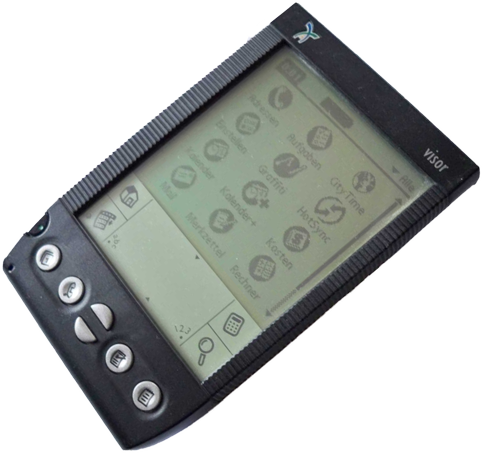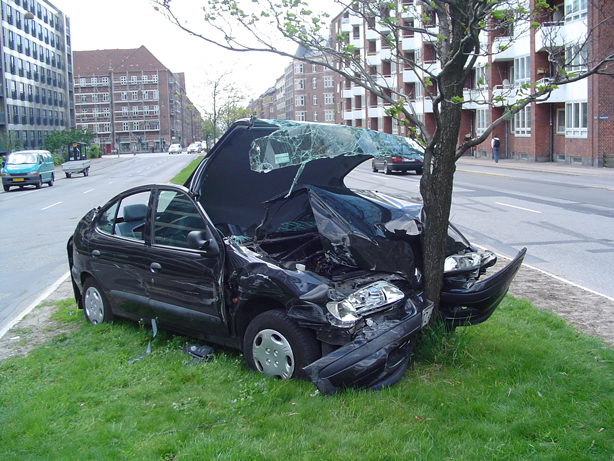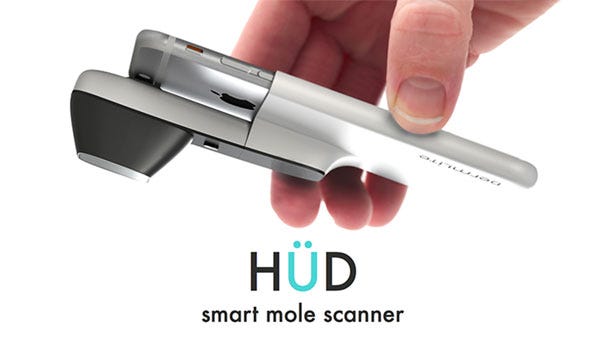Cross-posted from Medium
These are exciting times to be working in digital health. Entrepreneurs are arriving on the scene at a dizzying rate, each with their own unique vision for improving healthcare. My vision has a different spin than most — it dates back to Sweden in the late 90’s.
The Background
I went to medical school at Lund University at the southern tip of Sweden just east of Copenhagen. There I got ahold of a Handspring, (a competitor to the Palm Pilot). It was clunky and weighed about 5 pounds, but it was awesome because you could add a camera and a MP3 player to it. The Handspring even had an app store where you could download apps (well before apple app store times). I downloaded all of my medical textbooks on the Handspring and could quickly pull up necessary information (Google searching was not even invented at that time). As comical as the oversized tablet would look to the iPhone generation, the gadget nevertheless made me realize that efficient communication using images could alleviate issues in healthcare.

The Handspring Visor circa 1998
Years later when I began my residency in orthopedic surgery, I spent a lot of time in the ER. A big challenge there was to properly prepare for incoming trauma patients. The trauma team never was informed of the circumstances that led to the injury(ies). “23 year old male, multiple vehicle crash, injuries to the femur and lower left abdominal cavity” is all the information we would get from the paramedics. Though useful, the patient reports lacked the visual context of the accident scene, which can be very informative for clinical decisions. Everyone had a cell phone with a camera those days, so I began to envision having the paramedics text images of the accident scene while on the way to the hospital. After all, a picture tells a thousand words.

Working as a surgeon in the ER also meant learning the principle of triage. Originally a concept developed on the 19th century Napoleonic battlefields, triage dictates how care should be provided to those that can be mostefficiently helped, at the expense of those only needing minor care or are too far gone. In a modern sense, triage is practiced by prioritizing patient treatment based on the severity of their condition. For example, a patient with a dislocated shoulder, however painful it may be, would have to wait until I stabilized a motorcyclist with a displaced open femur fracture.
Triage is common in the ER, but it can also be used in other parts of medicine where resources are scarce. If we take the example of dermatology, in the US there is one dermatologist per 32,000 people. This translates to a waiting time of 29 days (!) to see a dermatologist. In the UK there is one dermatologist per 150,000 people. In Sub-Saharan Africa, there is only one dermatologist per 8 million people! Given the scarcity of dermatologists and the ubiquity of technology, I sought out to make dermatology more efficient by remotely triaging skin diseases.
Progress Since Sweden
My research and development started in 2009 and has since led to First Derm (of which I’m the founder and CEO). We have since become a leading digital health app, with over 15,000 skin issues triaged from users around the globe. There is massive potential to increase efficiency and accuracy by triaging dermatology patients. The vast majority of skin issues identified by dermatologists can be treated with over-the-counter medications, requiring no prescriptions or follow-up by a dermatologist (e.g. eczema, minor acne, folliculitis, etc). On the other side of the coin, there are serious conditions like skin cancer that require immediate care by dermatologists. However, in today’s overburdened system, potential skin cancer patients have to wait in the same queue as someone getting a botox touch-up. In the ideal scenario, a dermatologist could triage patients to make sure that they get to the appropriate level of care at the right time.
Our attempt at skin cancer
Skin cancer is life-threatening and needs immediate testing and intervention. Catching a patient with malignant melanoma early can mean the difference between life and death. Smartphone cameras are perfectly capable at imaging general rashes, but a medical-grade lens is needed for the accurate triage of potential skin cancers.
My vision is to reduce skin cancer deaths by 50% by 2020. My hope is that we can provide access to a dermatologist to everyone, recognize diseases early and getting the best care at the right time in order to make a global impact. That’s why my team and I created HÜD (swedish for skin), a simple smartphone attachment that anyone can use.

HÜD is a medical-grade dermatoscope that attaches to any smartphone camera, allowing users to take medical-grade images of the moles on their skin. A dermatoscope (a magnifying glass with a polarised LED light source) is a device dermatologists use every day in their practice to visually determine the risk of moles. Our accompanying First Derm app teaches you the skin cancer warning signs, remind you to track your spots over time, and enables you to share your HÜD images with a dermatologist for evaluation.
My team and I believe that this little device will help us end preventable skin cancer deaths through diligent self-screening & early detection at home. We see that the dermatoscope would fit well into any family health emergency kit along with the thermometer, blood pressure cuff, scale and the Fitbit. We are proud to announce that our Indiegogo campaign for HÜD has been fully funded, and we will be shipping these potentially life-saving devices beginning Q1 of 2016. I can’t wait to see where the future of healthcare takes us and I’m grateful to be part of the journey.

The Specialist doctor from the University Hospital in Gothenburg, alumnus UC Berkeley. My doctoral dissertation is about Digital Health and I have published 5 scientific articles in teledermatology and artificial intelligence and others.

